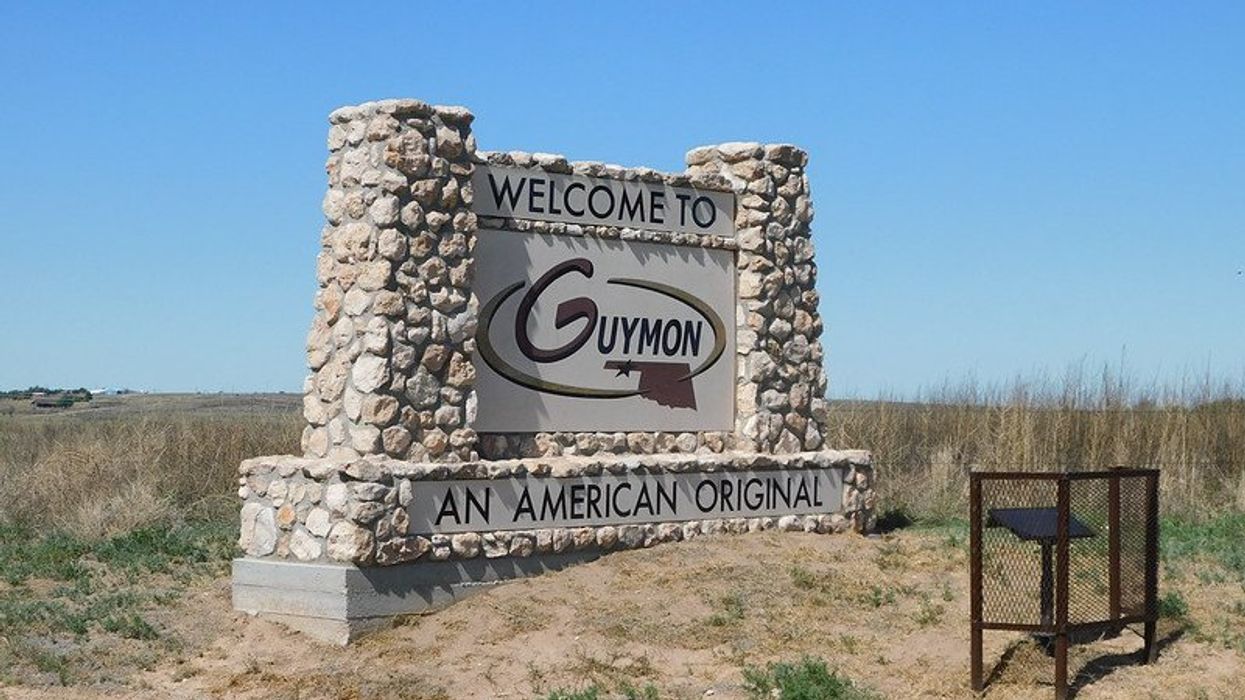For more than six decades, the Grassy Narrows First Nation in Northwestern Ontario has endured severe mercury poisoning from industrial pollution, affecting their health, environment, and way of life.
Brandi Morin reports for Ricochet Media.
In short:
- Mercury contamination from a Dryden pulp mill in the 1960s continues to poison the Grassy Narrows community.
- Recent studies show current pollution exacerbates mercury toxicity in the English-Wabigoon River system.
- Community members suffer from severe health issues, including neurological problems and high rates of youth suicide.
Key quote:
“These results are shocking, but not unexpected because existing science has pointed to this for decades.”
— Dr. Brian Branfireun, Western University professor and mercury expert
Why this matters:
The community's ordeal began in the 1960s when a nearby paper mill began discharging mercury into the Wabigoon River. This toxic chemical quickly infiltrated the local food chain, contaminating fish—a dietary staple for the Grassy Narrows people. As a result, residents experienced a range of severe health issues, from neurological disorders to developmental delays in children. Advocacy groups and the Grassy Narrows leaders continue to push for justice, seeking comprehensive remediation of their lands and proper medical support for those affected.

















